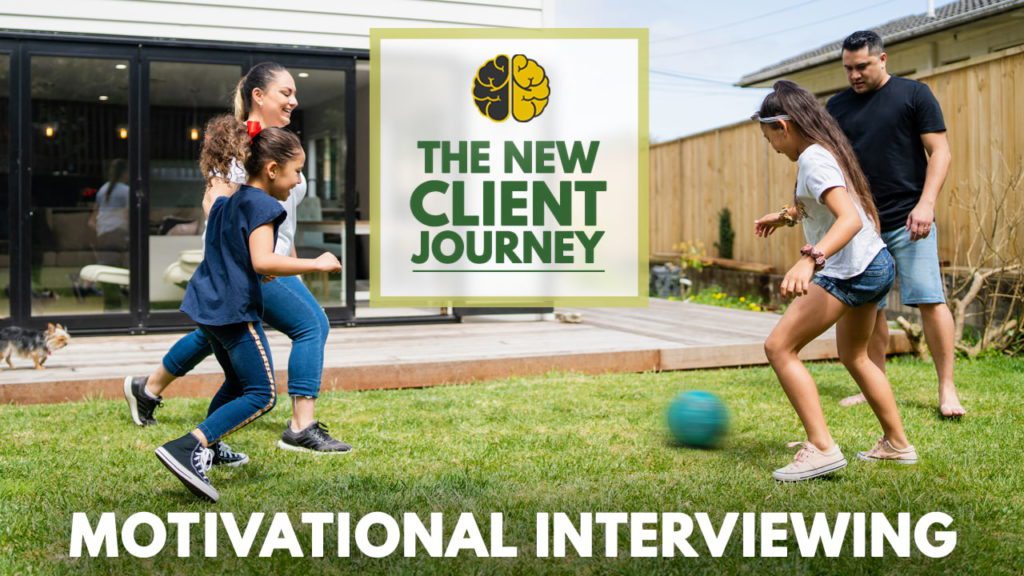“Never let a good crisis go to waste.” —Winston Churchill
The Covid lockdown created a lot of opportunities to learn. In many cases, the crisis forced owners to reevaluate their processes, pricing and perfect days—in other words, to start nearly from scratch.
One of the opportunities in the crisis was the chance to connect 1:1 with clients—an absolute necessity, really. We all had to dig deeper. And we had to do it every day. We had to work harder to keep clients around longer, to deliver what they actually need and to maintain the value of coaching. And many realized that this level of connection isn’t sustainable at their current group training prices.
Fortunately or unfortunately, this personal connection is now required. Pandemics will happen again, and if you want to keep your clients, you must have this level of connection.
We learned that the top online coaches use a technique called “motivational interviewing.” But this process isn’t new: Psychotherapists have been using it for decades. Precision Nutrition teaches it in its Level 1 course. We even teach it in our coaching programs.
Motivational interviewing forges a deeper bond with the client: Rather than merely asking “why do you want to join a gym?” coaches can get to the hidden reasons that lie below the surface.
Precision Nutrition calls this process “the five whys” (download the worksheet here.)
We’ve always taught a system called the No Sweat Intro (NSI), which is a shorter version—think of it as “the first why.” NSIs are generally finished in 15 minutes, and they’re far better for retention or conversion than free trial classes or sales pitches. However, you can go a lot deeper. And you probably should.
The NSI goes like this:
“What led you to our gym?”
“What’s your greatest struggle with that goal?”
Then we take an objective measurement of the thing the client cares about. After that, we give the client a prescription. You can read about the Prescriptive Model here.
But motivational interviewing gets deeper.
For example, a coach doing a motivational interview at intake would start the same way:
“What led you to our gym?”
But the coach would then start asking “why?” to get deeper:
“Why do you want to accomplish that goal?”
“Why is that important to you?”
“Why will that make a difference?”
“Why will that matter?”
The coach’s next step isn’t to take an objective measurement on an InBody scale; it’s to have the client subjectively offer their own scale for success.
In the next installment in this series, I’ll tell you how to show clients the steps they’ll have to take to be successful. In Part 3, I’ll show you a new tool for guiding your clients on their journeys.
Other Media in This Series
The New Client Journey: Design and Deliver
The New Client Journey: Reviewing Their Progress

